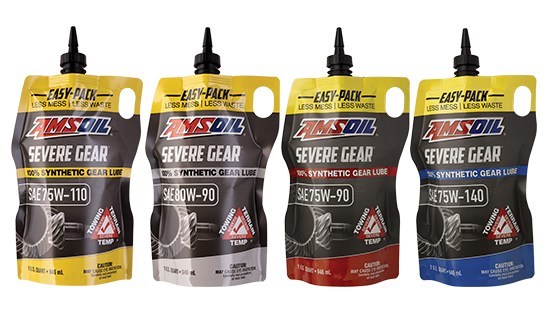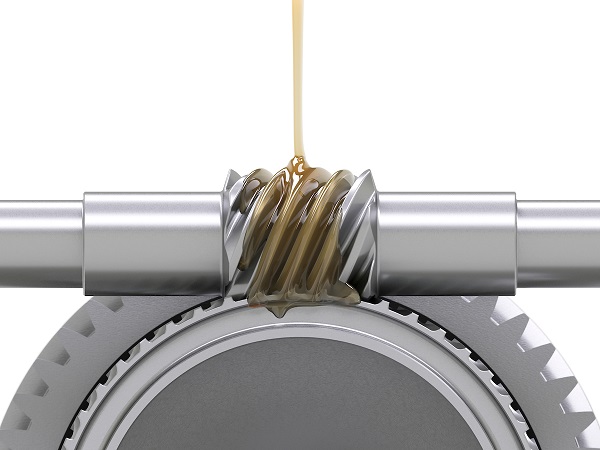Do Coolant Additives Work? And if so how and why? John Baker|Feb 05, 2025 10:39 AM Store shelves contain several coolant additives that promise to reduce engine heat, control overheating and fight corrosion. Now available at Stan Houston’s on W. 12th ST! Do coolant additives work? And, if so, are they necessary? It’s tough to top good […]
You are browsing archives for
Category: Knowledge Base
Should I Switch to a Lighter Viscosity O...
Generally with todays vehicles it’s not an issue but you should check the particular recommendations in the owners manual John Baker | Oct 08, 2018 11:51 AM Motorists sometimes ask if they should use a lighter viscosity of motor oil once winter arrives. Yes – provided your vehicle manufacturer allows it. Run out to your […]
The Difference Between GL-4 and GL-5 Gea...
The Difference Between GL-4 Manual Transmission and GL-5 Differential Gear Oil The main difference between GL-4 and GL-5 gear oils is in the level of extreme-pressure (EP) additives. It’s really very simple. They are not intended to be interchangeable and GL5 didn’t replace GL4. by Eddie Yorkman, | July 5, 2022 If you’ve ever purchased […]
Understanding Lubrication Fundamentals
Basic Fluid Lubrication and Protection Fundamentals Different methods of lubrication protect machines from wear. _by David Hilgendorf The primary function of fluid lubrication is to provide a durable film that protects moving parts by reducing friction and wear between surfaces; however, the level of protection provided is enabled by different methods of lubrication: The reduction […]



